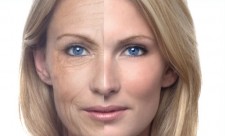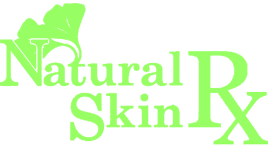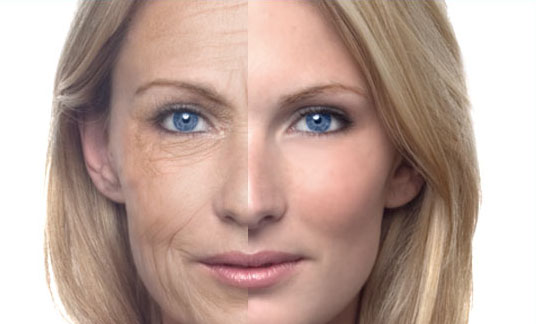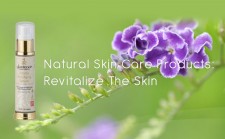 Is too much exposure to ultraviolet light the real enemy that drives skin aging? Many experts seem to think so. Skin aging has many components, though. Exposure to UV light is just one factor. Equally important is how your treat your skin to keep it healthy. This is where herbal skin care products are particularly valuable.
Is too much exposure to ultraviolet light the real enemy that drives skin aging? Many experts seem to think so. Skin aging has many components, though. Exposure to UV light is just one factor. Equally important is how your treat your skin to keep it healthy. This is where herbal skin care products are particularly valuable.
Understanding UV Light
The closest color to UV that we can see is violet. As measured in wavelengths, which is how scientists define colors, the cutoff for violet light is about 400 nanometers (nm, billionths of a meter). Below that comes UV light, which is invisible to the human eye. It starts at about 400 nm and goes all the down to 100 nm. The shorter the wavelength, the higher the energy.
Ultraviolet light is divided into three broad categories: UVA (400-320 nm), UVB (320-290 nm), and UVC (290-100 nm). Fortunately for life on Earth, the ozone layer in our atmosphere filters out the super-dangerous UVC. The two that are therefore of most concern for skin health are UVA and UVB.
Exposure to UV Rays
Most of us are exposed to large quantities of UVA rays throughout our lifetime. Even though they are less intense, UVA rays are 30-50 times more prevalent UVB rays. The intensity of UVA rays is nearly constant during all daylight hours throughout the year. They can penetrate clouds and glass. They are of greatest concern for photoaging because they can penetrate the skin more deeply than UVB rays.
UVA is the main tanning ray, whether outdoors or in a salon. Tanning is the skin’s response to DNA damage by UVA rays. Tanned skin absorbs less UV light. People who have naturally darker skin also absorb less UVA light than those who have lighter skin.
In contrast with exposure to UVA, exposure to higher energy UVB varies by time of day, season, and geographic location. In the U.S. it is most prevalent between the hours of 10 AM and 4 PM, from April to October. The intensity of UVB is higher in southern locations and at higher elevations. UVB is mostly filtered out by glass.
UVB is the main cause of sunburn, which is due to significant damage to the outer layers of skin.
Keeping Skin Healthy Against Photoaging
Although FDA-approved sunscreens do have some merit, they are primarily composed of synthetic ingredients that do nothing for promoting skin health directly. The key to keeping skin healthy is enhancing its natural ability to make new protective cells and to build strong and flexible networks of the two primary structural proteins that hold skin cells together, collagen and elastin. The main cell types that make up the epidermis, called keratinocytes and fibroblasts, are the fountain of youth for skin. They drive the formation of healthy collagen, which provides thickness and strength to skin. They also help the skin to stay smooth and flexible with the formation of the appropriately named protein complex called elastin. Youthful, wrinkle-free skin depends on a balance between collagen and elastin.
Much of the research on herbal skin care products focuses on the activities of various herbal extracts to prevent UV damage to keratinocytes and fibroblasts. Scientists have discovered that different herbs provide protection against UV-induced DNA damage to these cells. Likewise, research also shows that specific herbs protect UV-exposed skin against enzymes that degrade collagen and elastin.
Some of the most well-known herbs for skin health provide one or more beneficial activities against photoaging. They include green tea, angelica, ginseng, and white peony, to name a few. Keep these herbs in mind when looking for natural skin care products that will keep your skin wrinkle-free and youthful in the face of potential damage by UV light.
The best kinds of products for preventing photoaging are available in anti-aging formulas by Jadience Herbal Formulas, such as the Vitality Anti-Aging Serum and the Purifying Toner.


